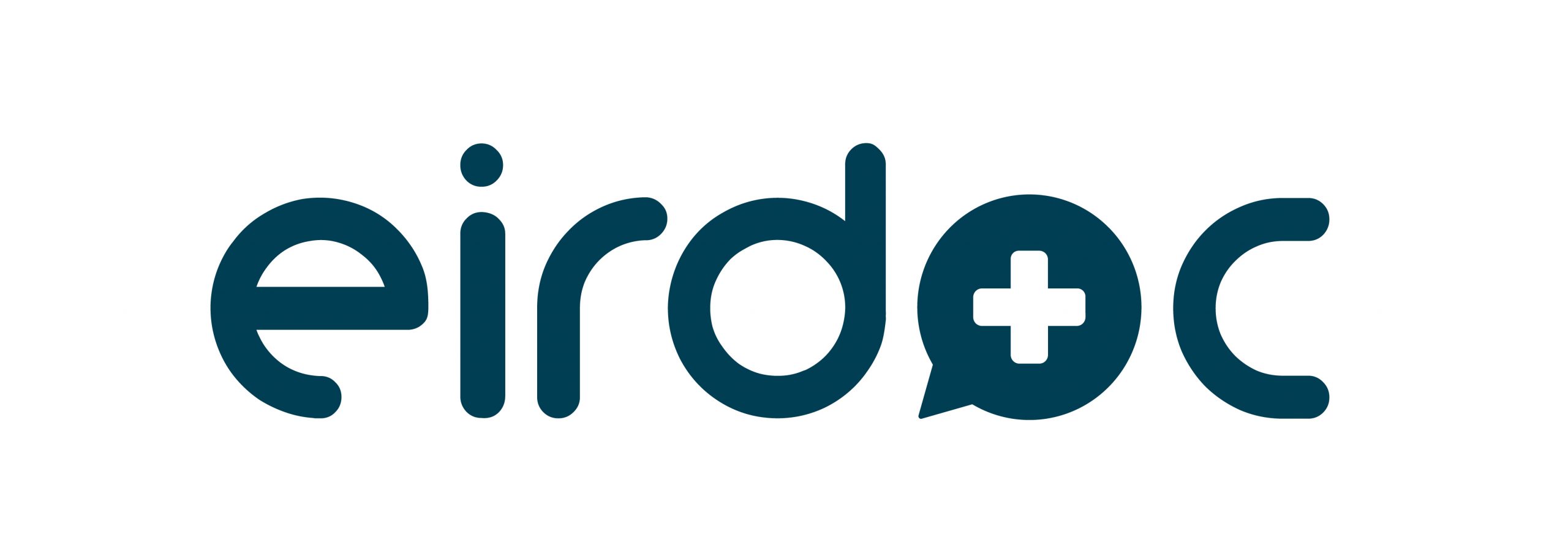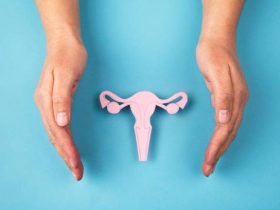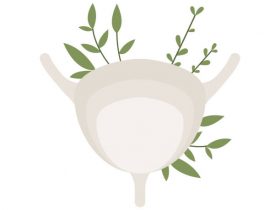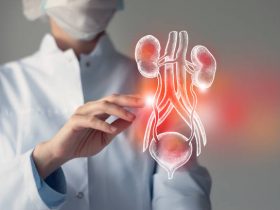There is no specific treatment for interstitial cystitis. However, symptoms can be treated with particular medications and therapies. Medical practitioners, including our doctors in Ireland, may try different combinations of treatments till the symptoms disappear.
It is important to consider that not all treatments work for every patient, and the ailment may remain uncured even after the treatment is completed. However, most often patients get substantial relief in symptoms and spend a peaceful life with treatment.
The main target for the treatment of IC is to control the symptoms. This target is achieved through appropriate therapeutic approaches, constant monitoring of symptoms and maintaining first-rate quality of life. It is crucial to follow the guidance of your health care provider and to precisely follow the treatment strategy designed for you and your unique case.
In general, the treatment plan for interstitial cystitis is constituted on following phases:
- Phase 1: Lifestyle changes
- Phase 2: Prescription drugs
- Phase 3: Neuromodulation therapy, ulcer cauterisation and injections
- Phase 4: Cyclosporin
- Phase 5: Surgery
Let’s discuss each phase of IC treatment strategy in detail to help you discover the best practices that work for you.
Phase 1: Lifestyle changes
The foremost approach in IC treatment is to prepare the patient for “behavioral therapy”. In this therapy, some lifestyle changes are made in the daily routine of patients. The changes are nominal and simple enough to be implemented. Diet, physical and psychological practices are advised to control the symptoms. When the symptoms are mild, a few days of behavioral therapy therapy practices lessen the risks and complications of interstitial cystitis.
Manipulative physical therapy
Physical therapy is advised to those patients only who are able to do exercises seamlessly. Patients with weak and painful lower body parts are advised not to perform these physical therapy exercises because doing so will worsen the symptoms. These physical activities aim to strengthen the pelvic floor muscles and to reduce the pain and tenderness of pelvic floor area.
Reduce your stress
Evidence shows that emotional and mental stress is responsible for exacerbating the symptoms of IC. Patients are encouraged to adopt and implement tolerance in their behaviors to increase their fortitude to release the mental burden about family and work problems, painful events, and past experiences. Our online doctors strongly recommend getting additional support from family or friends to develop coping strategies and reinforce pain management.
Restricting certain food products
Observations from IC patients showed that some food products and drinks may aggravate the symptoms of some patients with cystitis. The following are some foods found to heighten the bladder discomfort:
- Citrus fruits
- Tomatoes
- Chocolate and its products
- Coffee
Other than natural foods, some synthetic products should also be abandoned with the symptoms of IC, such as:
- Alcoholic drinks
- Caffeinated drinks
- Spicy food products
- Carbonated drinks
Alteration in dietary
Many foods are responsible to irritate the bladder and the list is too long. But every food has different impacts on different patients. It is important to find out which food is harming your bladder. For this purpose, an “elimination diet” is recommended for 1 to 2 weeks for such patients.
In this identification process, all irritating foods are stopped and symptoms are noticed to study their elimination effects. You can get the list of irritating foods rom many sources like www.ichelp.org and www.ic-network.com.
When improvement in your bladder symptoms is noticed during elimination diet, that irritating food is disallowed from your daily diet. It starts with pointing out the exact foods that are known to cause bladder distress. An elimination diet is adopted with all irritating foods prohibited and then slowly reintroducing one food at a time. If adding each food does not harm your bladder, then it may be safe to be consumed and added back to your normal diet.
Make sure you add one food at a time, and note the symptoms. In this way, we can find out that exactly which food is causing IC symptoms to flare up.
Phase 2: Prescription drugs
When doctors feel that lifestyle modifications are not sufficient, they will instruct prescription drugs. Drug therapy and behavioral therapy may be adopted together or alone. Experts approve two types of drugs that can be taken for the treatment of IC. These drugs may be oral or intravesical. Intravesical drugs are administered through catheter directly into the bladder.
But these drugs do not come without any side effects, and may bring drowsiness and upset stomach with them. U.S. Food and Drug administration (FDA) recommends following treatments for IC:
Oral Pentosan Polysulfate
The exact function of this drug for the treatment of IC is still unknown, but doctors use it to manage the disease and relieve symptoms. It works to:
- Repair and stimulate the formation of protective lining bladder tissues
- Diminish swelling of bladder
- Relieve pain to some extent
Although side effects are rare, nausea and gastric discomfort may be observed. A few people may also suffer from temporary hair loss. Treatment with this drug may take up to 3-6 months to cast its effects and show improvements.
Dimethyl Sulfoxide (DMSO)
This is a popular and FDA approved intravesical method to treat IC, in which the drug dimethyl sulfoxide (DMSO) is placed into the bladder through catheter. The drug is administered once in a week for six weeks. It is in the usage of many patients as maintenance therapy. Its exact mode of action for the treatment of interstitial cystitis is vague, but it may execute following actions:
- Reduces swelling of bladder
- Relieves pain
- Removes free radicals which act as toxins and damage tissues
Side effects of this drug are very few including garlic-like odor that exists for several hours after injecting DMSO. Sometimes, patients may feel pain while placing the drug through catheter, that can be diminished by use of local anesthetics.
Occasionally, doctors give DMSO in combination with other drugs like heparin or steroids to reduce inflammation. However, none of the studies suggest that these combinations work better than DMSO alone.
Hydroxyzine
Hydroxyzine is an antihistamine which has proved to be a very effective drug in treating the symptoms of IC. As one of the main causes of IC is the increased concentration of histamine in bladder, an antihistamine may be a powerful approach to treat IC symptoms.
Its main side effect is drowsiness, but this can also help to relieve symptoms. This is because drowsiness will let the patient fall asleep peacefully at night, and the patient won’t have to get up frequently at night to pass urine.
Antihistamines are widely studied for the treatment of IC, but hydroxyzine is specifically considered for IC treatment and recently cimetidine is also recommended.
Amitriptyline
Amitriptyline is an anti-depressant, but also acts as antihistamine. It has many positive effects on patients with interstitial cystitis. It helps to:
- Subside bladder spasms
- Slow the activity of nerves responsible to transmit pain signals.
- Reduce chronic pain for other illnesses like cancer and nerve damage.
Side effects include drowsiness, increased appetite and constipation.
Heparin
Heparin is intravesical drug to treat interstitial cystitis that acts like pentosan polysulfate and exerts its effects probably by a similar mechanism. It is administered using catheter with a dose of 10,000 to 20,000 units per day or thrice a week. Heparin usually does not affect other organs and remains in the bladder, causing no harmful effects.
Phase 3: Neuromodulation therapy, ulcer cauterisation and injections
Neuromodulation therapy:
Now, in phase 3 of a treatment plan when the aforementioned treatments are not providing good results, the patient with cystitis will be referred to a specialist, recognised as a urologist. After examining the history of your symptoms and treatment, a urologist would suggest more advanced options like neuromodulation therapy to treat the symptoms.
Neuromodulation therapy is a technology that directly affects the nerves through electrical impulses and alter the nerve activity. It has been a life-changing technique to relieve chronic pain.
Bladder ulcer cauterisation:
Bladder ulcer cauterisation is a surgery which is performed to remove ulcerative tissues in the bladder through electrical current or laser beam. It is done under anaesthesia and is a successful treatment to get rid of bladder ulcer and provide long-term relief for a year. If the symptoms come back, you can repeat the treatment.
Injections:
Since every patient is unique and possesses different load of symptoms, none of the conventional treatments work for every case. Injections of Botox® are given to some patients who are not responsive to other treatments. In order to cure the symptoms and improve the quality of patient’s life, such injections are utilised which can paralyse the muscles even in small doses. So, this injection is directly administered to bladder muscles for long-lasting pain relief.
These injections are swift way to diminish bladder pain, but also come up with side effects like difficulty in passing urine. The effects of these injections can be worn off and you may require another treatment 6 to 8 years after the first administration. Get in touch with our online GPs to find out more.
Phase 4: Cyclosporin
Cyclosporine is an immunosuppressant and a potential therapeutic drug to treat painful bladder syndrome. It is usually employed when other treatments have been failed. However, it has many side effects because it reduces the ability to combat diseases. Make sure your health care provider regularly monitors your condition, to avoid any risks.
Phase 5: Surgery
When the severity of interstitial cystitis increases and the disease becomes unresponsive, surgery is advised, which is the last option for the treatment of interstitial cystitis. This surgical process is called hydrodistension which is used in combination with cystoscopy for diagnosis and treatment side by side. The bladder is either removed or left in place creating a urinary diversion.
Bladder surgery is irreversible, and the unfortunate side is the patient may not improve after surgery. Discuss every aspect of your disease with your health care provider or our online doctors in Ireland to decide the appropriateness of this procedure.
Unfortunately, the success rate of surgical procedures to treat painful bladder syndrome is very low. Even total cystectomy (entire bladder removed) can leave the patient with pelvic pain and lifelong changes in their urine habits. This indicates that neurological mechanisms play crucial role in causing this disease but are not yet understood. For these reasons, surgery is often avoided.
After treatment
Treatments for interstitial cystitis can be continued indefinitely if the symptoms persist. Sometimes symptoms come back even during treatment, and some patients show gradual improvements until the symptoms vanish.
As there is no properly understood treatment of interstitial cystitis, the main aim of doctors is to control bladder pain and discomfort and improve the patient’s quality of life. Although treatment strategies are mostly successful with majority of patients, not every patient becomes completely symptom-free. The life of IC patients after treatment may remain difficult. While adhering to dietary restrictions and altered lifestyle, they may still experience frequent urination and some degree of persistent pain and discomfort.
Don’t suffer in silence. If you need swift medical advice, book an online doctor consultation with the Eirdoc team today – we’re here to help you feel your best.





